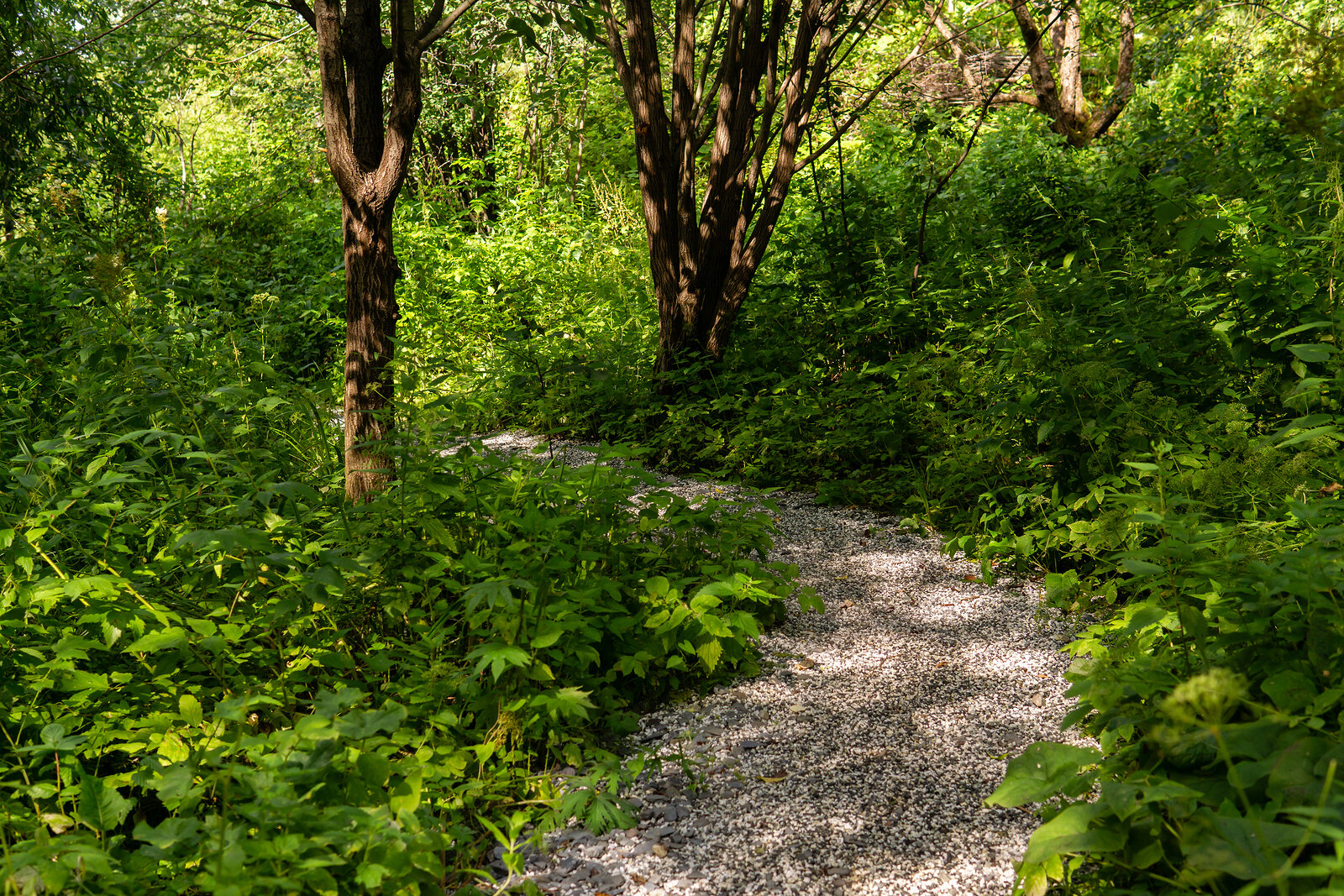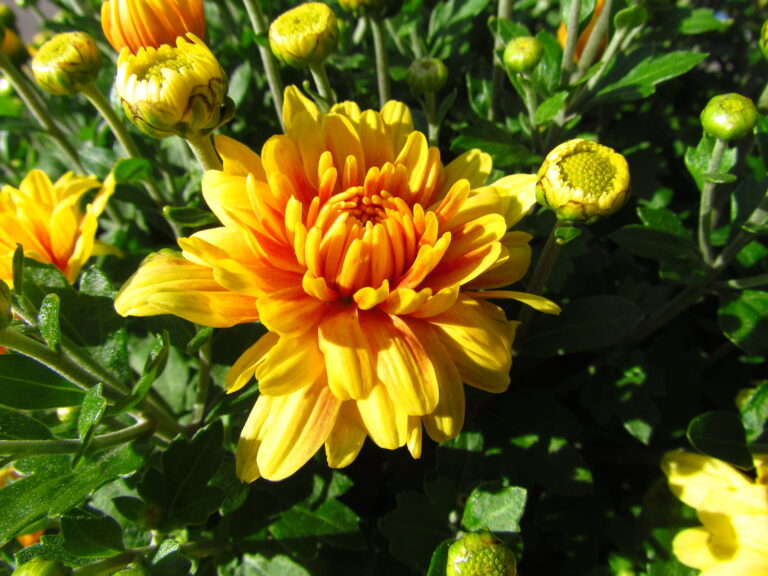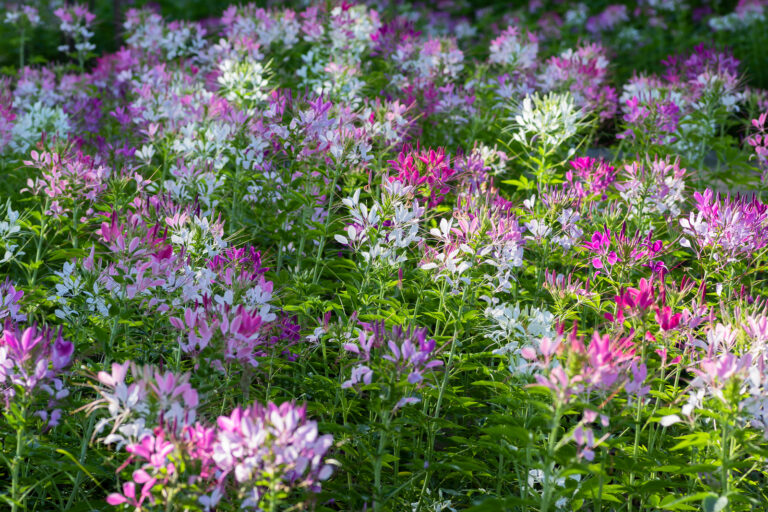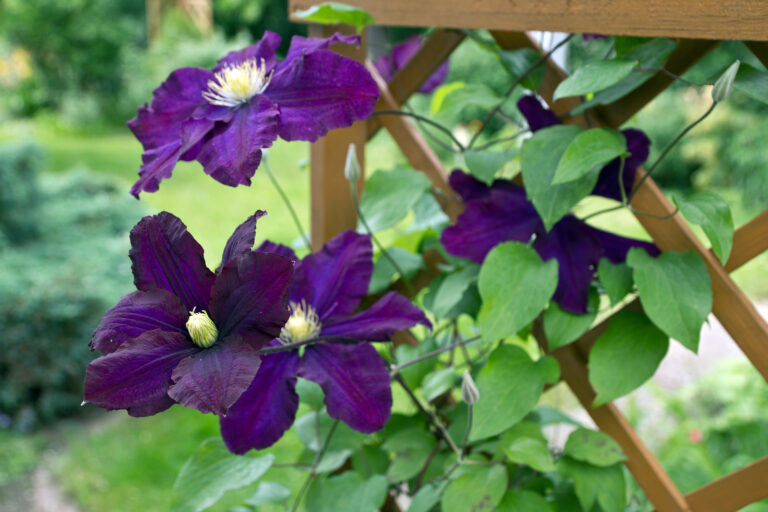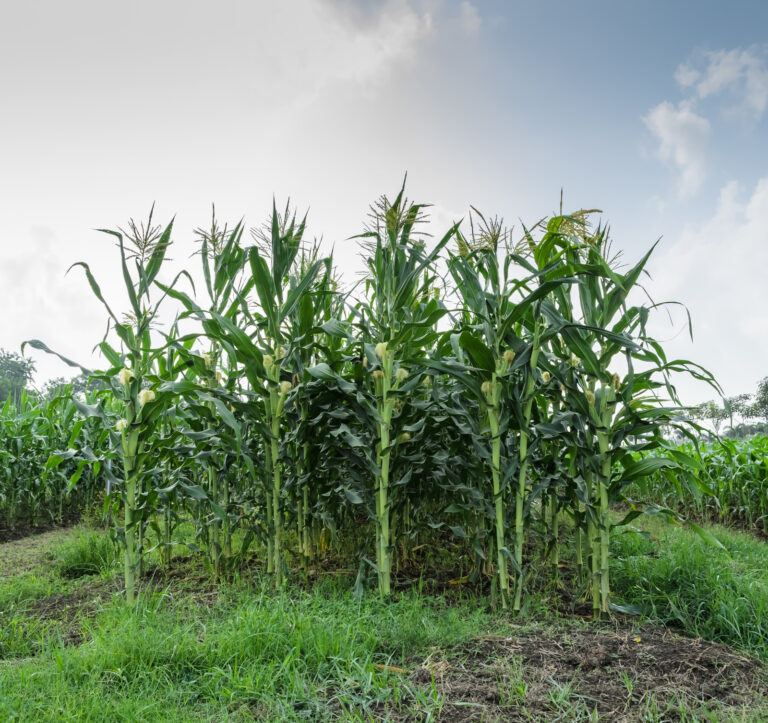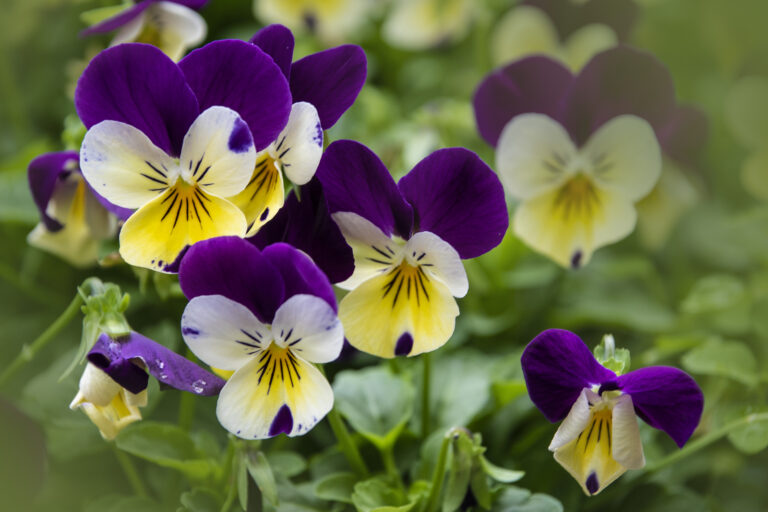Woodland Gardening
Woodland gardens are gardens or landscapes dominated by native or non-native trees and large shrubs.
Woodland gardens often feature small shade-loving shrubs, herbaceous perennials, bulbs, and annuals below the tree canopy. As well, small clearings or glades can be created in woodland gardens.
Shade-loving native plants are an excellent choice for a woodland garden. Non-natives indigenous to similar climate regions in other parts of the world can also be planted in a woodland garden.

Planning a woodland garden
Woodland gardens can be created, but commonly mature trees already on site guide the design. Here are some tips for creating a woodland garden:
- Let native trees on-site or nearby guide the design. If you want to create a woodland garden from scratch, choose trees that are native to your region or to similar climate regions in other parts of the world. Woodland can be grown, but maturity will likely come in several decades if not longer.
- If your design site is a woodland, assess the health and maturity of the trees on site. Trees at or near maturity should become the key structural elements of the garden. Map the site to know which trees are most important to the site and design.
- Do the same assessment of large shrubs which also may play an important structural role in the garden.
- Remove small, weedy trees and shrubs that clutter the design area.
- Determine where paths or sitting areas should be situated.
- Determine if there is natural clearing or glade on the site. This may become a focal point or destination point for pathways. Mark out pathways or sitting areas.
- Lay fieldstones, stepping stones, or woodchips for pathways.
- Assess the sunlight and shade below the canopy of trees; are there natural planting spots that get direct sunlight or dappled sunlight for planting small shrubs, perennials, or bulbs.
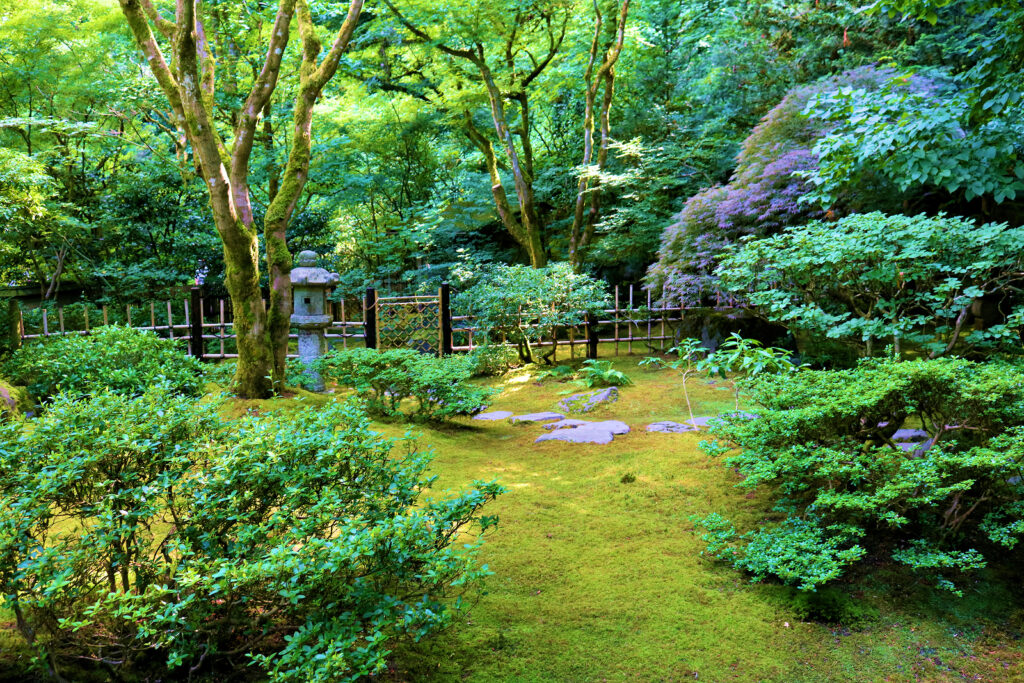
Planting a woodland garden
- Assess the soil. Woodland soils are commonly rich in organic matter and may need little or no additional soil.
- Install planting areas. Planting beds must be free of tree roots. Choose spots away from roots. Beds can be raised above tree roots, but roots will often grow into artificial planting beds. Tree root removal should be thoroughly considered; consult an arborist to be sure the removal of some tree roots does not harm or kill the tree.
- Choose native woodland plants or plants from a similar climate and woodland regions in other parts of the world. These plants will thrive beneath trees. These plants will not need additional water apart from water to help establish the roots.
- In areas where tree roots are shallow, plant shallow-rooted annuals, perennials, and bulbs. Drought-tolerant plants are best; they compete less with tree roots for soil moisture.
- Keep the garden clear of plant debris such as fallen limbs; leaf litter is expected and acceptable apart from clearing pathways and sitting areas.
- Make semi-annual checks for plants that have reseeded; remove plants that are not needed.
- Remove plants that are damaged or diseased.
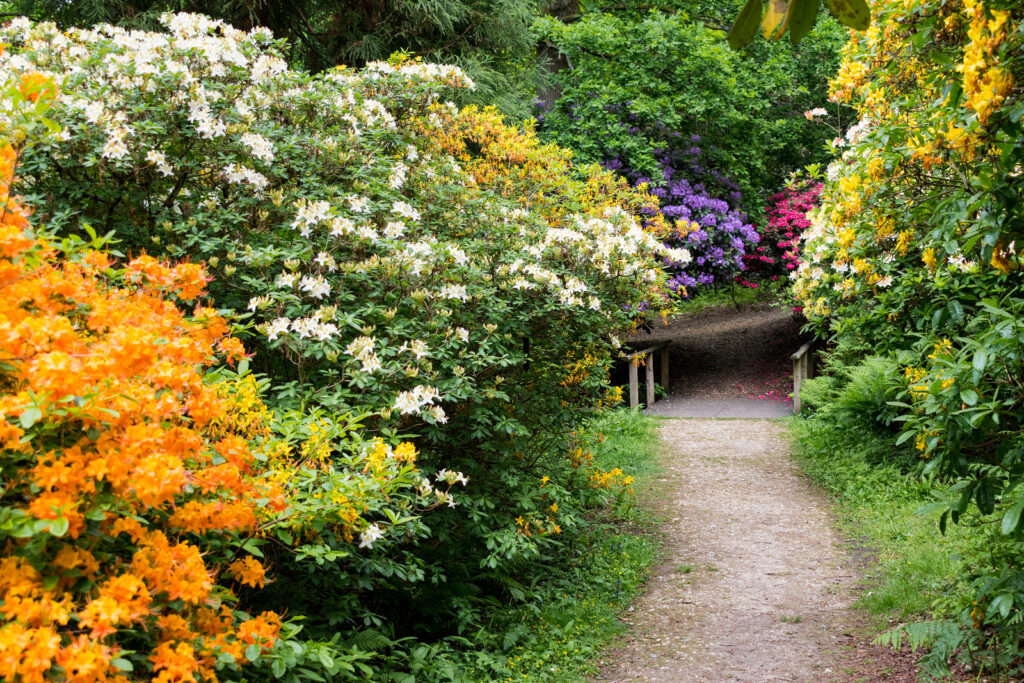
Shrubs for woodland gardens
| Common Name | Botanical Name | Zones |
| Astilbe | Astilbe hybrids | 3-8 |
| Aucuba, Japanese | Aucuba japonica | 7-10 |
| Azaela | Rhododendron spp. | Varies |
| Bleeding heart | Dicentra spp. | 2-9 |
| Brunnera, heart-leaf | Brunnera macrophylla | 3-8 |
| Christmas and Lenten rose | Helleborus spp. | 5-9 |
| Columbine | Aquilegia spp. and hybrids | 3-9 |
| Crocus | Crocus spp. | 3-8 |
| Daffodil | Narcissus spp. | 3-8 |
| Fern | Various | Varies |
| Foamflower | Tiarella cordifolia | 4-9 |
| Hosta | Hosta spp. | 3-8 |
| Hydrangea | Hydrangea spp. | Varies |
| Mountain laurel | Kalmia latifolia | 4-9 |
| Phlox, woodland | Phlox divaricata | 3-9 |
| Pieris | Pieris spp. | Varies |
| Rhododendron and azaleas | Rhododendron spp. | Varies |
| Squill | Scilla spp. | 2-8 |
| Virginia bluebell | Mertensia virginica | 3-7 |

